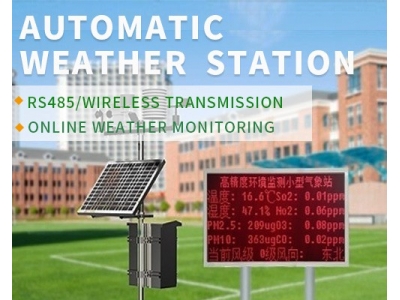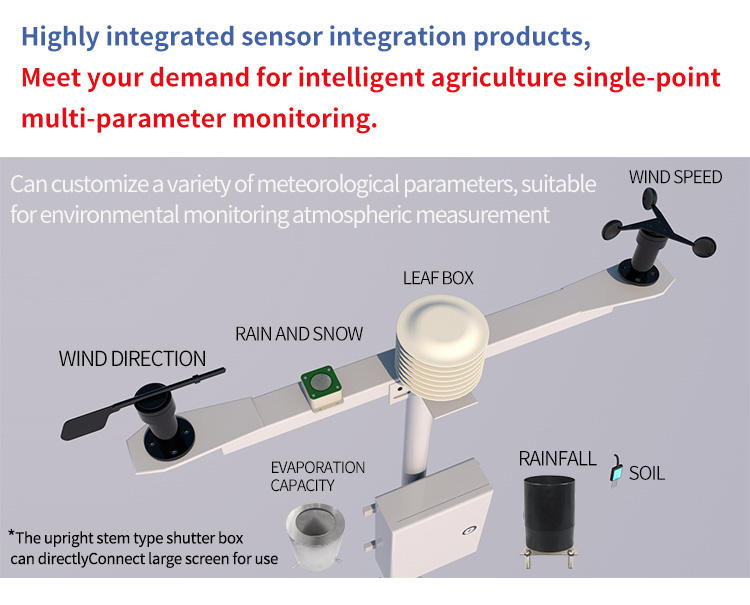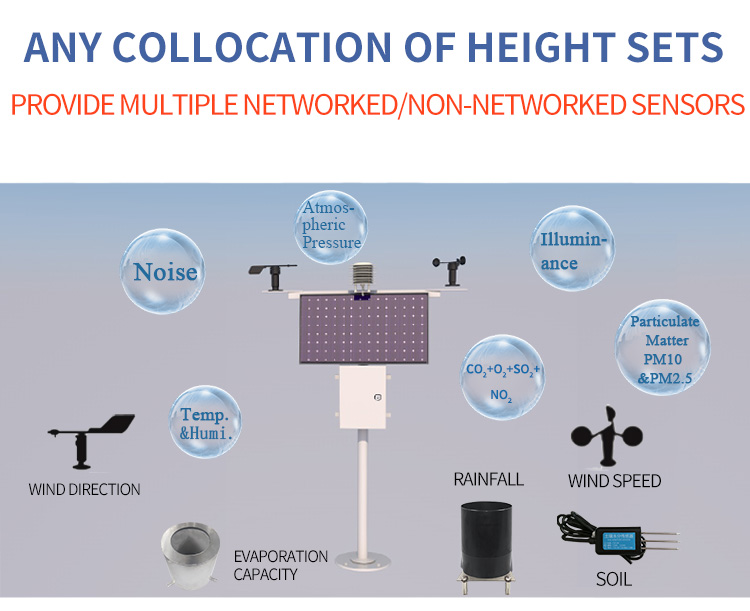
Automatic Weather Station Function
If you're interested in meteorology or curious about the weather, you might want to know what an automatic weather station (AWS) is and how it works.

If you're interested in meteorology or curious about the weather, you might want to know what an automatic weather station (AWS) is and how it works.
If you're interested in meteorology or curious about the weather, you might want to know what an automatic weather station (AWS) is and how it works. This blog will give you a crash course on automatic weather stations. We'll cover everything from how they work to the benefits of using them. By the end of this article, you should know about AWS and how it can help.

Automatic weather stations are devices that collect data about their surroundings. The data can be used to generate reports or forecasts about the weather. The use of automated weather stations has grown recently as businesses and consumers become more interested in their information.
There are several reasons why businesses might want to install an (AWS). For example, they may look for information about climate change or atmospheric conditions. Additionally, automated weather stations can provide valuable insights into business operations such as production or marketing. Many companies now consider weather stations a crucial part of their decision-making process.
The cost of installing a weather station is usually modest relative to its benefits. There are now many low-cost options available on the market. So whether you’re a small business or a large corporation, there’s likely to be an (AWS) option that meets your needs.

Weather stations collect data about local conditions and climate changes. They are generally powered by solar panels, making them eco-friendly. Weather enthusiasts can use automatic weather stations to keep track of local conditions and climate changes. Uses for the data collected by an automated weather station include scientific research, agricultural purposes, or simply tracking the weather.
The cost of a weather station varies depending on the features and quality desired but generally ranges from $200 to $1000. The benefits of using an automatic weather station include accuracy in data collection, minimal maintenance, and ease of installation/use.
Scientists and meteorologists commonly use weather stations to study local conditions and climate changes. Data is collected hourly, daily, or monthly depending on the desired level of accuracy. The data can be processed using various software programs to produce detailed reports about temperature, humidity, wind speed, wind direction, rainfall totals, etc.
The use of automated weather stations has increased in recent years as their accuracy has been proven in studies across a variety of fields, including weather forecasting, agricultural production, and environmental monitoring. Additionally, the installation process for weather stations is generally straightforward, with most models requiring only minor or no electrical wiring modifications to install outdoors.

The sky’s the limit for uses for an automated weather station. Here are just a few examples:
Agriculture: monitoring and forecasting important weather variables such as precipitation and temperature can help with crop management and planning.
Construction: tracking weather conditions can ensure worker safety and prevent damage to materials or equipment.
Energy: collecting data on wind speed and direction can aid in the efficient operation of wind farms.
Transportation: monitoring weather conditions can inform flight or ship routes and schedules.
Emergency preparedness: Access to real-time weather data can help with disaster response and evacuation planning.
Weather stations provide reliable, ongoing measurements that greatly benefit various industries and individuals.